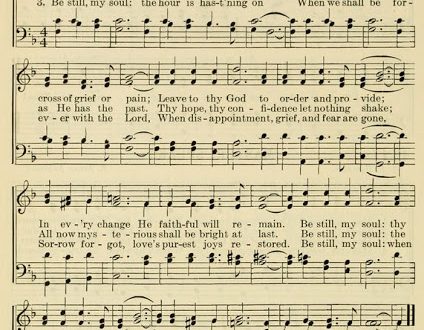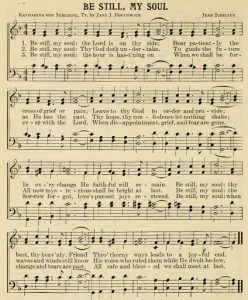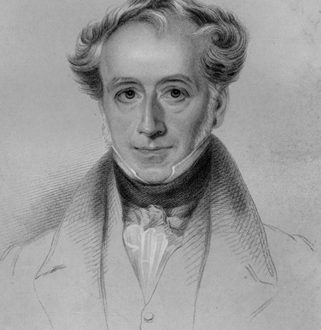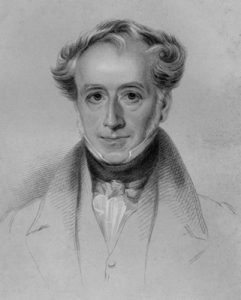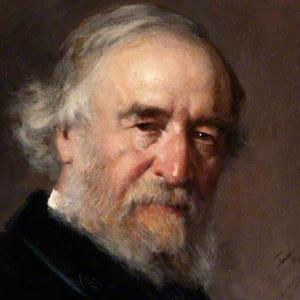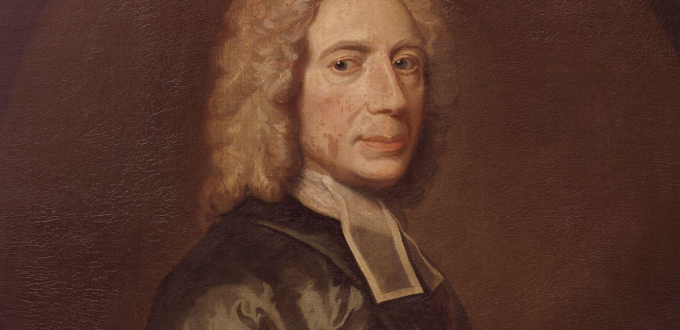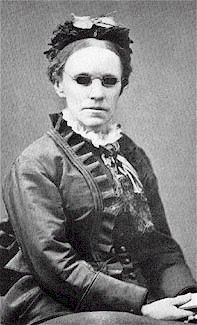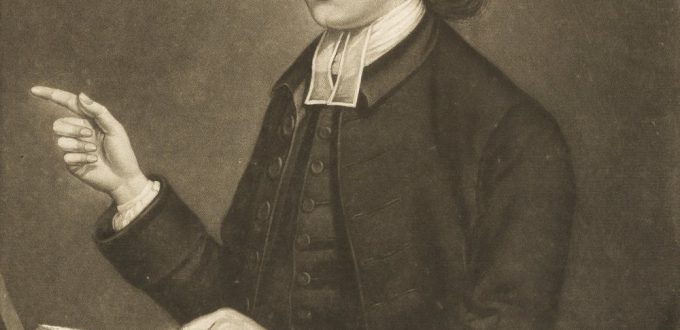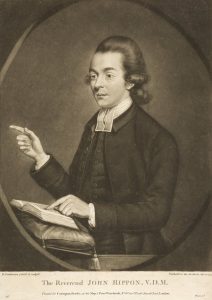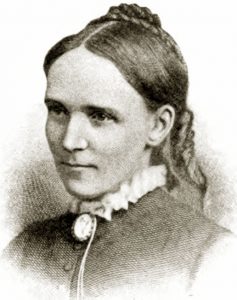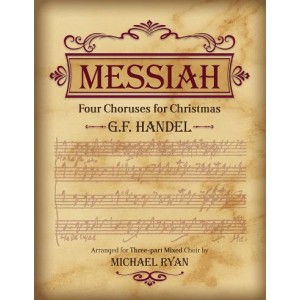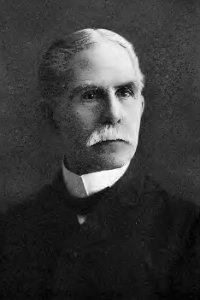Edward Hopper (1816-1888)
by Terry Conley

First published in The Sailor’s Magazine (1871) and The Baptist Praise Book (1871). The Sailor’s Magazine was a periodical magazine which contained information regarding information and updates on commercial ships and their crews, and associated information. It was available to the general public by subscription or purchase and the proceeds were used as a source of income for endeavors that provided a safe haven for sailors and their families during life’s difficulties and separations. The magazine also kept everyone up to date on churches that had been established in cities and towns serving the sea-faring community. At one time Jesus, Savior, Pilot Me was a popular hymn appearing in over 1,000 publications.
The text was written by Edward Hopper, who was born in New York City, on February 17, 1816. He was the son of a merchant. Following his education at New York University and Union Theological Seminary, from which he graduated in 1842, he became a Presbyterian minister. He preached for about 10+ years at churches at Greenville, NY, and at Sag Harbor on Long Island. In 1870 he became Pastor of a small congregation known as the Church of the Sea and the Land in New York City, where he served his remaining years of life. This church was specifically located within walking distance of the harbor area and in an area frequented by the sailors. The Church of the Sea and the Land had been established in 1866 at New York City harbor as a mission for sailors, in whom Hopper had always been deeply interested, probably through due to his contact with them through his father’s business. The congregation consisted mainly of seamen who made their way to and from their ships. In this way, Hopper ministered to sea-faring men from around the world. He produced this hymn, probably in 1870, for the spiritual needs of his flock. It first appeared anonymously in the March 1871, edition of The Sailor’s Magazine. Later that year, it was published in The Baptist Praise Book, with the tune (Pilot) composed by John Edgar Gould (1822-1875).
Edward originally wrote six stanzas, but today, only three of them are generally used for the hymn (1, 5, and 6). I think that the other verses make an important component of his complete thought that even when we have smooth sailing for a time, we still need Christ as our Pilot, to be in control. The complete song puts spiritual ideas in terms the men he ministered to could understand. Every seasoned sailor knew what it was to face the peril of a storm and sea, and the hymn helped them to apply that imagery to their lives. The song is based on a couple of incidents recorded in the Gospels (Matt. 8:23-27; 14:22-33). The former passage says: “Now when He got into a boat, His disciples followed Him. And suddenly a great tempest arose on the sea, so that the boat was covered with the waves. But He was asleep. Then His disciples came to Him and awoke Him, saying, ‘Lord, save us! We are perishing!’ But He said to them, ‘Why are you fearful, O you of little faith?’ Then He arose and rebuked the winds and the sea, and there was a great calm. So the men marveled, saying, ‘Who can this be, that even the winds and the sea obey Him?’”
To this we can add the assurance of the Lord’s presence with His children now, in His final promise given in Matthew’s Gospel, “Lo, I am with you always, even to the end of the age” (Matt. 28:20). That’s like the pledge made to the nation of Israel, centuries before: “Fear not, for I am with you; be not dismayed, for I am your God. I will strengthen you, yes, I will help you, I will uphold you with My righteous right hand” (Isa. 41:10). This scripture reference was also used for that wonderful hymn, How Firm a Foundation.
In original verse one (hymn stanza 1), Hopper began by writing of the reality of an unsettled life, of the seas being rough and stormy. There are hidden and treacherous areas that capture us when we are least expecting it. At any time, our life may be overturned by something that just seems to appear, but we are reminded that all our direction comes from our Lord and Savior. From experience, we sailors know that there are treacherous parts of our journey. We do not always know exactly what kind of waves the seas will bring with them, just as we do not know what the challenges of life will bring us. However, whether facing storms of life or peaceful days, we can always look to the Lord to provide for what we need each day.
The original verse two follows up that idea with the story of Jesus calming the storm as an example of the promise that Jesus will use His power to help us as well. I think this should remind us that we can struggle with the problem for as long as we like but when we look for Him in our storm, He is there with us. This is amply illustrated by the fact that the Bible records that on least two occasions, Jesus was with the apostles during a storm on the Sea of Galilee. On one of these occasions, He even walked across the water to aid and comfort them. And He gave them that same opportunity while they kept their eyes on Him and looked to Jesus. Nothing can hinder Him. If we actively make Him our life’s Pilot, God has promised us He will guide and protect us.
The original verse three reminds us that we need to have Christ as our pilot even when there are no disturbing storms and life seems calm. Hopper wrote: “Though the sea be smooth and bright, Sparkling with the stars of night, And my ship’s path be ablaze With the light of halcyon days, Still I know my need of Thee; Jesus, Savior, pilot me.” Paul wrote about this in Philippians. He said he knew how to be abased and how to abound. He knew that in life, whether he was facing the storms of life or peaceful days, he would always look to the Lord to guide him.
The original verse five (hymn stanza two) equates the love of Jesus and His actions to that of a loving mother hushing and comforting her child. We have all witnessed this love in play when a parent takes a child and holds them and speaks softly and calmly to them in a time of trouble or hurt. Jesus will do the same for His children if we let Him. The same divine power which Christ manifested to still the storms on the Sea of Galilee is available to assist us in our problems if we ask. We can make our journey on the seas of life with trust in God rather than in constant fear.
Verse six (hymn stanza three) talks about our destination, the shore where we will find peaceful rest. The last promise is a blessed, blessed relief to all Christians: “When at last I near the shore, And the fearful breakers roar ‘Twixt me and the peaceful rest, Then, while leaning on Thy breast, May I hear Thee say to me, Fear not, I will pilot thee.”
If we truly trust in the Lord, He will show us the path of life to a land where there will be the fulness of joy in His presence and pleasures evermore. Luke recorded that promise Jesus made to the thief hanging next to Him:
“And Jesus said unto him, Verily I say unto thee, Today shalt thou be with me in paradise.” Luke 23:43
So what are the duties of the pilot spoken of in the hymn? Today we have aviation pilots and ship pilots but of course Hopper is writing of and the Bible is speaking of a ship’s pilots. As an officer in the US Navy, I had primary responsibilities and duties and secondary ones. My secondary duties included specific locations and responsibilities that came into play during emergency situations or as the ship was entering or leaving port. They were different from my main duties and responsibilities. When the ship was entering and leaving port or underway, I was part of the team that was stationed on the bridge of the ship. The bridge is positioned at the highest point of the ship to provide clear vision. Teams are trained and assigned “watches” to make sure everything was done correctly to ensure a safe transit. As a junior officer, some of my duties included making sure all the other required stations were staffed and communications in place. I also made sure the senior officer (Officer of the Deck) had all the correct, current information that was needed and during normal activity, he instructed me for my next step up in responsibility. Of course, the Captain of the ship always had the ultimate and overall responsibility and authority, but he trusted the bridge crew. We were all well trained and “in control.” But as well trained and experienced as we all were, we were not qualified to provide the level of experience, safety, and security required and provided by the Pilot during those times that we were entering or leaving port. In maritime law, a Pilot is a person who assumes responsibility for a vessel from a particular geographic point for the purpose of navigating the ship through a river or channel, to a particular point or place. When this Pilot comes aboard, everyone on board is in “his hands.” We placed our security and safety in his capabilities.
This is a position you can’t just assume. There are qualifications for a Ship’s Pilot license. The Pilot must exhibit skill in all areas related to providing a safe passage within his assigned area. A pilot must have the highest degree of skill as a sailor and may be tested on that knowledge. The individual may be required to submit written references from persons who know of him and his abilities. In addition, the applicant must obtain a reference from a licensed pilot. The pilot may also be required to post a bond. God gave those signs of approval and posted the bond in His Word in Matthew 3:17, “And lo a voice from heaven, saying, This is my beloved Son, in whom I am well pleased.”
How wonderful to know that we have a Pilot who is sovereign over the tempests and able to guide us safely to our final harbor! We certainly do not expect Jesus to perform miracles today such as He did on the stormy Sea of Galilee. Those miracles are recorded in scripture as written references and directions and provide all the evidence that we need to believe on Him, His skills and abilities. This hymn’s simple and direct statement and of the reality of the world today points me to the need to look to Jesus for guidance in my pilgrimage and should motivate me always to say, “Jesus, Savior, Pilot Me.”
Source:
A Treasure of Hymns, Amos R. Wells; United Society of Christian Endeavor; 1914
The Story of Hymns and Tunes, Theron Brown and Hezekiah Butterworth; American Tract Society, 1906
A Dictionary of Hymnology, John Julian, D.D.; Dover Publications, Inc.; 1907



